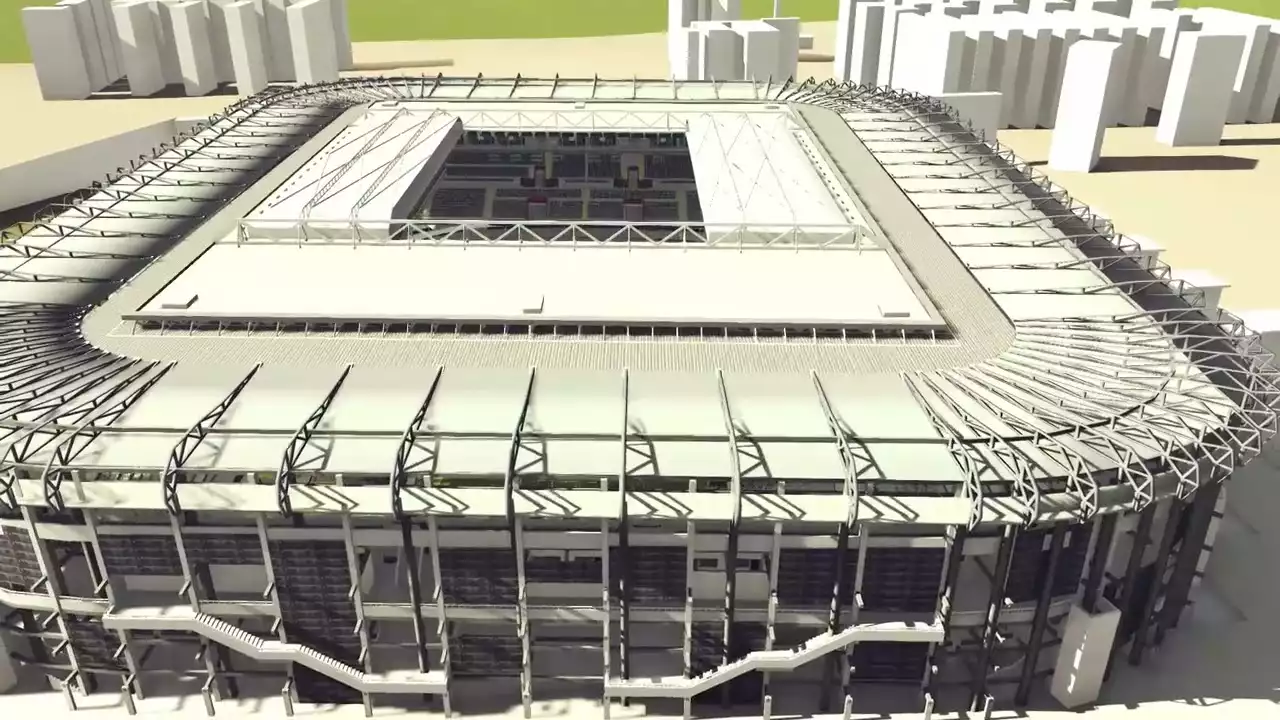History and significance of Estadio Monumental
Estadio Monumental holds a special place in the hearts of football fans around the world. Built in 1975 and inaugurated with a match between Colo-Colo and Club Universidad de Chile, it quickly became a symbol of Chilean footballing prowess. The stadium was designed by architect Mario Recordón and has since become an architectural marvel.
The significance of Estadio Monumental goes beyond its physical presence. It represents the passion and dedication of the Colo-Colo fanbase, who have filled its stands with unwavering support throughout the years. The stadium stands as a testament to the rich history and tradition of Colo-Colo, a club that has consistently been at the forefront of Chilean football.
Colo-Colo: A brief overview of the club's successes and importance
Colo-Colo is a name synonymous with success and excellence in Chilean football. Founded in 1925, the club has amassed an impressive list of achievements, including 32 Primera División titles and 11 Copa Chile victories. Colo-Colo's success on the field has cemented its status as one of the most successful clubs in Chilean football history.
The club's importance extends beyond its trophy cabinet. Colo-Colo represents the dreams and aspirations of the Chilean people, serving as a unifying force that brings communities together. The club's success has inspired generations of footballers, who strive to emulate the achievements of their idols and leave their mark on Estadio Monumental.
Notable matches and moments at Estadio Monumental
Estadio Monumental has been the stage for some of the most memorable matches in Chilean football history. One such moment came in 1991, when Colo-Colo defeated Club Olimpia to win the Copa Libertadores, becoming the first Chilean club to claim the prestigious title. The deafening roars of the crowd echoed through the stadium as the players celebrated their historic victory.
Another unforgettable moment came in the 2005 Clásico del Fútbol Chileno, a fierce rivalry match between Colo-Colo and Club Universidad de Chile. With the stadium packed to capacity, the atmosphere was electric. The match ended in a 1-1 draw, but the intensity and passion displayed by both sets of fans will forever be etched in the memories of those who witnessed it.
Architecture and design of Estadio Monumental
Estadio Monumental's architectural design is a sight to behold. The stadium boasts an oval shape, with a unique roof structure that covers all seating areas, providing shelter to fans while maintaining an open-air feel. The design allows for optimal acoustics, amplifying the cheers and chants of the crowd to create an awe-inspiring atmosphere.
The stadium's sleek and modern design seamlessly blends with the surrounding landscape, creating a visually striking landmark. Its capacity of over 47,000 seats ensures that fans from all walks of life can come together and experience the magic of Colo-Colo in action.
Facilities and amenities at Estadio Monumental
Estadio Monumental prides itself on providing a world-class experience for its visitors. The stadium offers a range of facilities and amenities to enhance the matchday experience. From comfortable seating to state-of-the-art facilities, every aspect of Estadio Monumental has been meticulously designed to cater to the needs of fans.
Concession stands and food outlets are strategically placed throughout the stadium, ensuring that fans can indulge in delicious snacks and beverages without missing a moment of the action. Additionally, the stadium offers ample parking and easy access for spectators, ensuring a hassle-free experience from start to finish.
How to get to Estadio Monumental
Getting to Estadio Monumental is a breeze, thanks to its central location in Santiago. The stadium is easily accessible by public transportation, with numerous bus and metro routes connecting to the area. For those traveling by car, there are several parking options available near the stadium.
If you're visiting from outside Santiago, the city's international airport offers convenient connections to various destinations. Once you've arrived in Santiago, you can easily reach Estadio Monumental using public transportation or taxis.
Estadio Monumental tours and experiences
For football enthusiasts, a tour of Estadio Monumental is a must-do experience. The stadium offers guided tours that take visitors behind the scenes, allowing them to explore the inner workings of Colo-Colo's home. From the player's tunnel to the pitchside, the tour provides a unique perspective on the stadium's history and the club's legacy.
During the tour, visitors have the opportunity to visit the club museum, which showcases the rich history and achievements of Colo-Colo. The museum is a treasure trove of memorabilia, including jerseys, trophies, and photographs, offering a glimpse into the club's storied past.
Estadio Monumental in popular culture
Estadio Monumental has not only left a mark on the footballing world but has also made appearances in popular culture. The stadium has been featured in movies, documentaries, and music videos, further solidifying its status as an iconic landmark.
The stadium's grandeur and rich history have made it a favorite filming location for directors looking to capture the essence of Chilean football. Its unique architecture and vibrant atmosphere have provided the backdrop for numerous cinematic moments that have captivated audiences around the world.
The enduring legacy of Estadio Monumental and Colo-Colo's triumphs
Estadio Monumental stands as a testament to Colo-Colo's enduring legacy and the indomitable spirit of its fans. The stadium has witnessed countless triumphs, heartbreaks, and moments of pure magic. It has become a symbol of Chilean footballing excellence and a source of inspiration for future generations.
As the home of Colo-Colo, Estadio Monumental continues to be a place where dreams come to life. It is a sacred ground where players and fans alike can bask in the glory of the beautiful game. The stadium's rich history and iconic status ensure that its legacy will continue to shine brightly for years to come.









